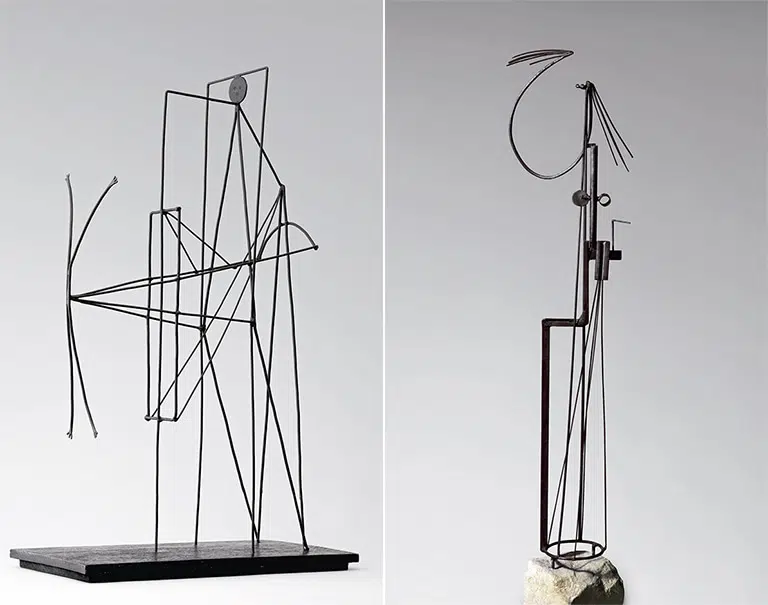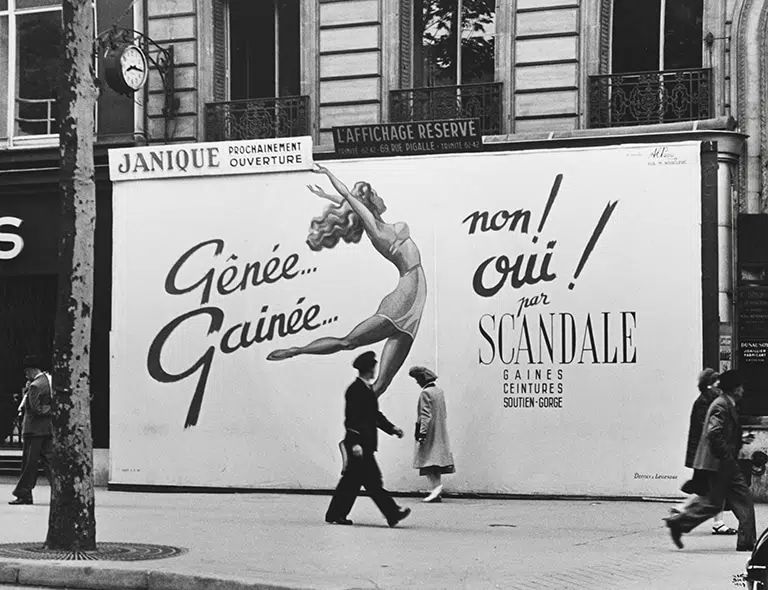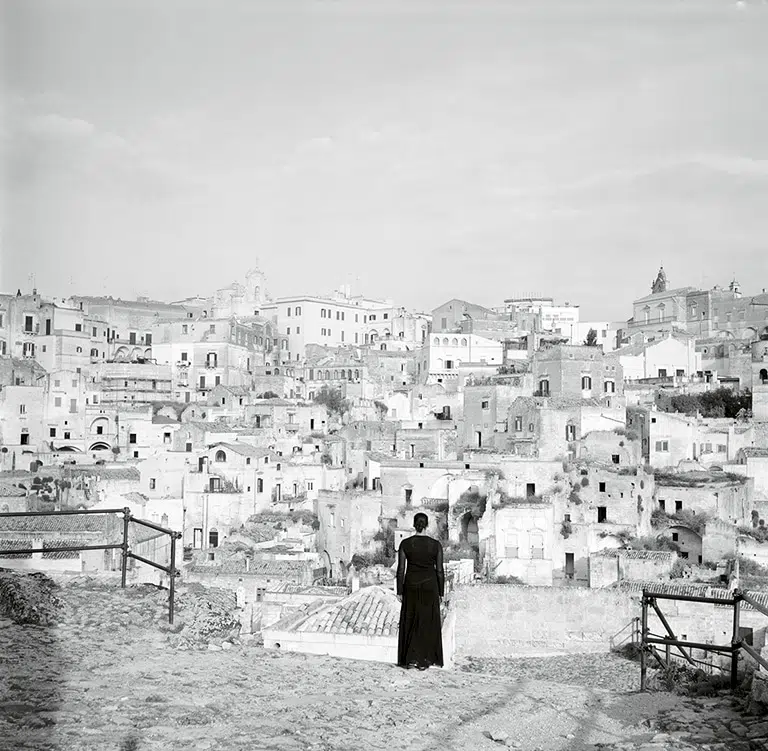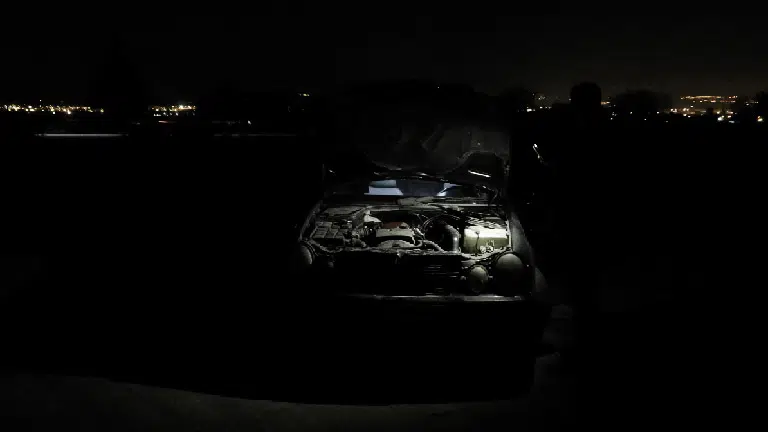Paysage au moulin (Paisaje del molino)
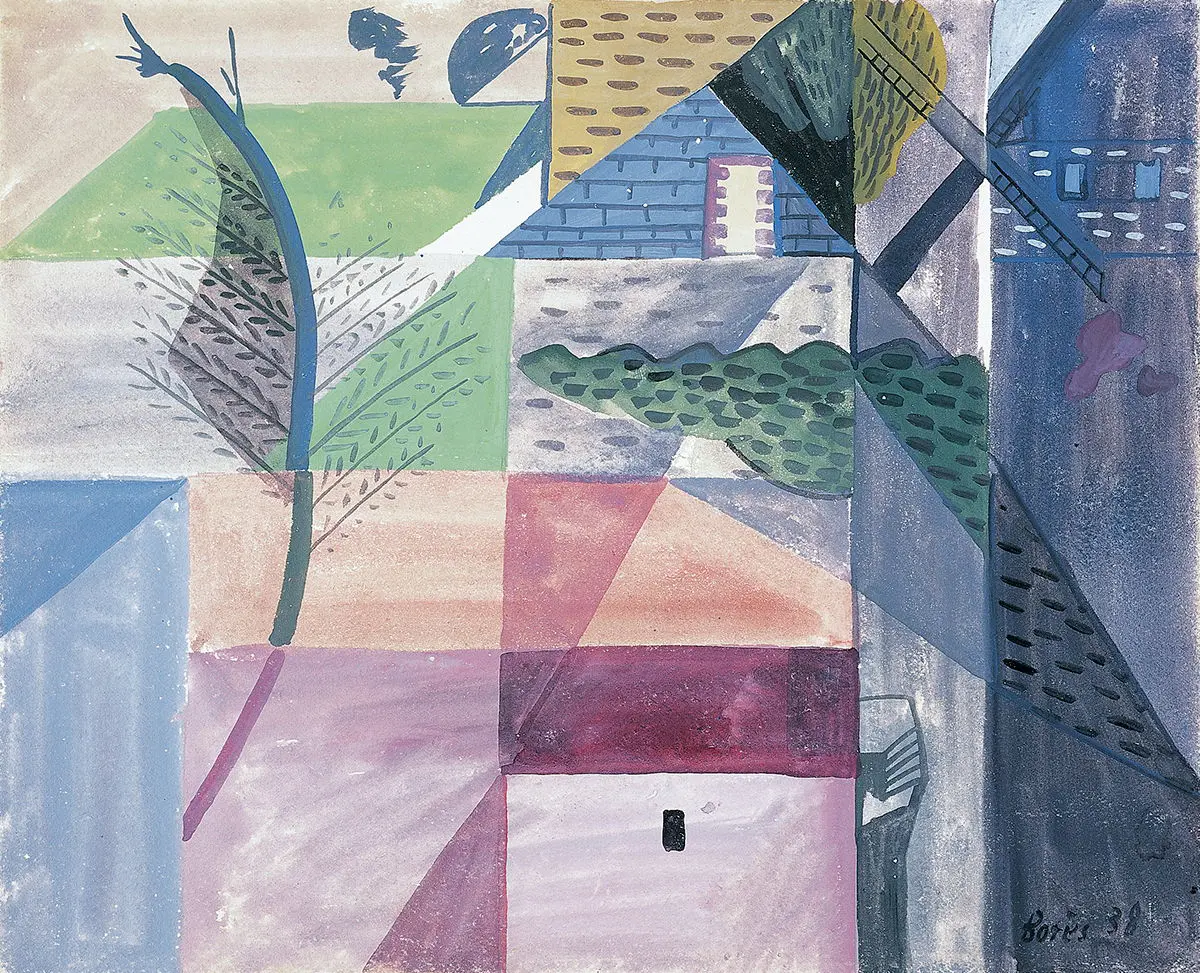
Francisco Bores
Paysage au moulin (Paisaje del molino), 1938
© Francisco Bores, 2020
© Sucesión Bores. VEGAP. Madrid
© Fundación MAPFRE COLLECTIONS
Technique
Tempera on paper
Dimensions
Dimensions of printed area: 22 × 27,8 cm (8 11/16 × 10 15/16 in.)
Dimensions frame: 52 x 55 x 4 cm
Inventory
FM000258
Description
In the second half of the 1920s, the work of Francisco Bores entered a period of rich diversity, characterized by a sense of searching and experimentation. Earlier, in 1927, the painter had defined the language of “fruit painting”, whose basic principle was to recover the pleasures of the senses and the sensuality of expression. For this, the artist, through the primacy of instinct, spontaneity and lyricism, created a concept of pure art —of painting-painting— which did not forego making a free representational discovery. For in Bores, as in Picasso and so many other modernist artists, painting and figurative elements were inseparable.
In Paris, Bores shared the principles of fruit painting with Pancho Cossío and received encouragement and theoretical support in the writings of Tériade. It was in this way that fruit painting —also called subjective realism or imagination painting and, later, lyric figuration— became one of the most important artistic currents of its time. In addition to Cossío, artists such as Viñes, Menkès, Ghyka and Beaudin also explored the milieu offruit painting. The prestigious Cahiers d’Art publicized and commented on the work by this group of artists, while in Spain, Bores’ influence on the work of Palencia, Moreno Villa and González Bernal was evident. Yet, around 1931, the atmosphere and tendencies created around fruit painting dissipated, although Bores continued exploring the possibilities of his pictorial language until around 1933.At this time, the artist appears to have struck out on two parallel paths. On the one hand, in certain works he recovered figurative elements and previous approaches and iconography. On the other, in series of no less important works, he set about transforming the principles of fruit painting in the development of a new synthesis of plastic space in a more constructive way, one capable of resolving the basic principle of the relationship between form and color intuitively.
In this second manner, Bores created such major works as Déjeuner sur l’herbe (1936), Intérieur rose (1936), Femmes cueillant des violettes (1938) and Jour de printemps (1939). In 1939 and 1940, he even painted still lifes and landscapes in which the aniconic is rescued only by the thematic anchor provided by the title of the pieces. Paysage au moulin is situated in this productive space.
However, in Bores” work, a clear stylistic correspondence between the work on paper and the work on canvass did not always —or necessarily — exist. Since his youth, he used each material, technique and support in a way that reflected their inherent properties, a notion that was reinforced in the development of the previously mentioned understanding of pure art or art in itself. In the work on paper we find an Ultraist,neoclassical, quasi- surrealist, neo-Fauvist and abstract Bores that does not operate in the same way as Bores the painter. In works with charcoal, colored pencil and watercolor, Bores took special creative delight in having to synchronize his stylistic conception with the inherent characteristics of the instrument or material used.We can even observe how, sometimes, he liked to challenge the conventionally accepted characteristics of a specific technique. This is the case in Paysage au moulin. In theory, it is difficult to reconcile watercolor technique and the desire to create a constructive piece. Yet achieving this reconciliation was precisely what Bores proposed. The results revealed how what is constructive can also be connected to the primacy of intuition and reintroduce the viewer to sensations of freshness and immediacy.
[Eugenio Carmona]
Bores. Retrospective 1923-1972. Peintures, gouaches, dessins, ex. cat. Paris, Artcurial, 1982.
BONET, Juan Manuel, Bores en las colecciones del estado, ex. cat. Madrid, Centro Nacional de Exposiciones, 1990.
BONET, Juan Manuel, Francisco Bores: antológica sobre papel, ex. cat. Madrid, Galería Leandro Navarro, 2001.
Bores nuevo: los años veinte y treinta, ex. cat. Madrid, Barcelona, Galería Guillermo de Osma, Oriol galería d’Art, 1996.
CARMONA, Eugenio (curator), Bores, ex. cat. Requena, El Castillo, Sala de Exposiciones, 2003.
CARMONA, Eugenio; ANTHONIOZ, Michel; DECHANET, Hélène, Bores esencial, 1926-1971, ex. cat. Madrid, Museo Nacional Centro de Arte Reina Sofía, 1999.
GÁLLEGO, Julián et al., Francisco Bores, 1898-1972, ex. cat. Madrid, Comisaría Nacional de Museos y Extensión Cultural, 1976.
MARÍN MEDINA, José (col.), En torno a Bores (1898-1998), ex. cat. Madrid, Galería Leandro Navarro, 1998.
SALAZAR, María José; CARMONA MATO, Eugenio, Francisco Bores: dibujos, ex. cat. Madrid, Museo Nacional Centro de Arte Reina Sofía, 2000.
Francisco Bores, Catálogo Razonado, Tomo I, Pintura 1917-1944. Madrid, Museo Nacional Centro de Arte Reina Sofía, 2003.
